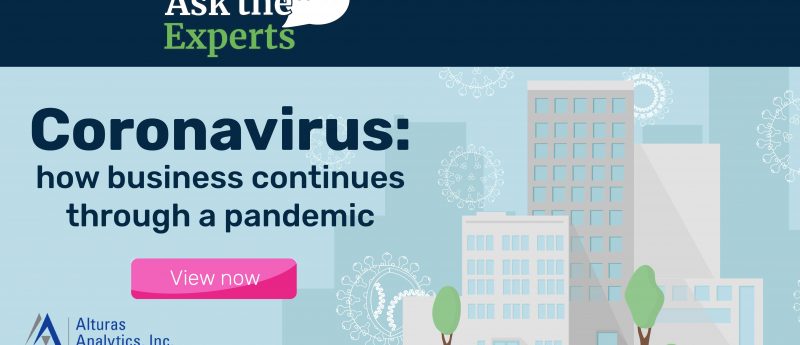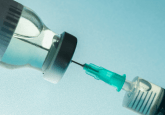3. What measures have you taken to minimize the potential spread of COVID-19 in the laboratory?


Jennifer Zimmer (Alturas Analytics)
Alturas encourages staff to stagger their work schedules and utilize weekends. All personnel who could perform their work from home were set up with everything they needed to efficiently do their jobs remotely. We moved people around onsite as well, in order to decrease the number of people in shared spaces. Masks are required in all shared spaces, and temperature monitoring and additional deep cleaning takes place daily. We have placed hand sanitizer everywhere in the building. Furthermore, if an employee has traveled they are required to self-isolate before returning to the facility.

Chris Smith (Elanco)
This has been a successful implementation within my lab team. The lab week was extended to 7 days and we programed in time when people can work in the different areas ensuring space was maintained. This was found to be popular as it allowed for flexibility with caring duties at home with children. We also implemented and maintained an on-site policy of group separation in shared areas enabling separation from other groups aiding in tracking if required.
Jan Miotto (Metrendalytics)
Most CROs first re-emphasized basic safety requirements regarding proper personal protective equipment such as gloves, lab coats and eyewear in lab areas. In addition, lab staff were reminded that all human and monkey biomatrices should be treated as infectious and must always be handled in biohoods. Social distancing guidelines and other CDC recommendations were also provided, enhanced, repeated and daily cleaning of common areas was implemented. Special bonuses are also increasingly being given to on-site personnel in recognition of their special efforts and dedication during the pandemic.
Further, most CROs determined for which staff it was considered ‘essential’ to work on site and which could work remotely. The remote staff were provided with appropriate hardware and software to enable remote working. Depending on availability of lab space to maintain social distance, essential lab staff were put on different types of shifts, such as an early-week and a late-week shift covering the full 7 days of the week. Use of dynamic scheduling tools for both scientists and instruments is critical for ensuring each laboratory is measured in its approach to minimizing the number of personnel on-site at a given time, whilst also allowing enough time between shifts for sanitizing equipment and work areas. Many laboratories are now implementing the ‘new normal’ for buildings, which includes personnel temperature screening, monitoring the quality of indoor air, deployment of UV technology, adoption of touchless activations in all common areas, queuing lines for elevators and deploying sanitizing stations throughout.

Suranga Senanayake (University of Limerick)
I think the term ‘social distancing’ may have been overused somewhat. ‘Physical distancing’ will have to become the norm until an alternative preventive/treatment strategy is available. We have introduced the 2-meter distance rule within our clinical laboratory and educational spaces. However, now more than ever, we need to remain ‘socially closer’; humans are, after all, critically social beings. Scientific endeavors will not last without collaboration.
 The collaborative research team of Dr Kamal Dua (University of Technology Sydney)
The collaborative research team of Dr Kamal Dua (University of Technology Sydney)
During the earlier stages of the pandemic, all research in our laboratory was suspended. Recently, our labs have reopened with limited capacity, with the introduction of one-way systems and the use of face masks/face shields in our research facilities.
The opinions expressed in this feature are those of the authors and do not necessarily reflect the views of Bioanalysis Zone or Future Science Group.







